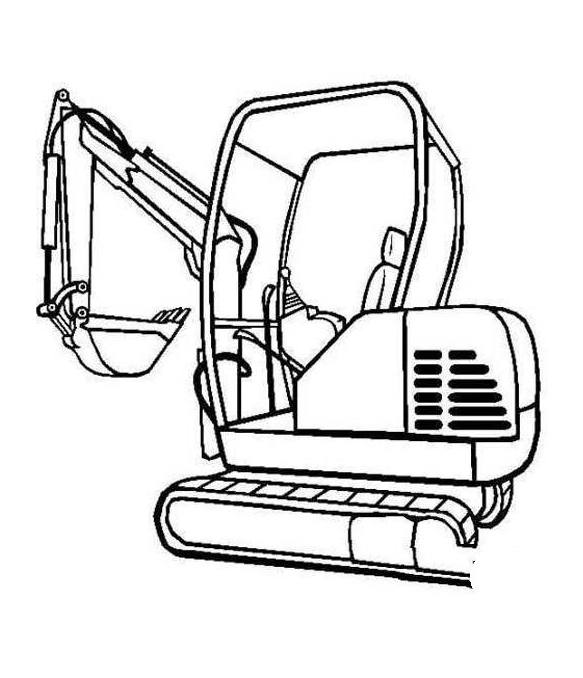Summer is coming, the temperature is very hot outdoor, For excavators that work for a long time, it is crucial to understand the areas where the excavator is prone to high temperatures. Proper maintenance and upkeep are necessary to ensure more efficient operation.
How to carry out on-site emergency response for high-temperature faults?
1 "Boiling" is one of the most common faults of construction machinery due to high temperature. When the water temperature is too high, do not open the water radiator cover to dissipate heat, which is very easy to cause hot water to spray out and hurt people. Make up water after Free cooling; Based on operating experience and engineering machinery operating standards, when the operator discovers that the engine is "boiling", they should immediately stop the operation, do not turn off the engine, let the engine run at idle speed, and fully open the blinds to increase air flow, allowing the water temperature to slowly drop under the action of the cooling fan and releasing a large number of bubbles generated by the cooling system. When the engine is idling for a few minutes and the water temperature drops and no longer boils, soak a towel or veil in water to wrap the water radiator cover. Carefully unscrew a portion of the water radiator cover to release water vapor. After ensuring that the water vapor in the water radiator is completely released, fully unscrew the water radiator cover. During the process of unscrewing the water radiator cover, remember not to expose your arms and avoid the face above the water inlet to prevent hot water from spraying and scalding your face. If the engine has stopped, quickly start the engine and let it idle; If the engine cannot be restarted after stalling, the throttle should be closed and the crankshaft should be turned by hand; If there is no hand crank, the starter can be used intermittently to make the piston move up and down several times, and the heat in the cylinder can be dissipated through the air exchange movement of suction and exhaust.
2.When adding coolant, it is best to add the same type of coolant as the one in the water radiator. Do not add tap water randomly, unless it is an emergency treatment. When adding cooling water to the water radiator, be sure to wait for the water temperature to drop to around 70 ℃ before proceeding; The "gradual water injection method" should be adopted to gradually cool down, rather than adding water too vigorously or too quickly at once. That is, when adding water, the engine should be allowed to idle while slowly adding water, with fine water flowing for a long time to ensure the safety of operators and equipment.
3 When the brake or other parts are overheated, water cannot be used to cool them, which will reduce their service life and performance, and cause deformation or even cracking of the parts. Therefore, they must be shut down for Free cooling.
Post time: May-10-2023

